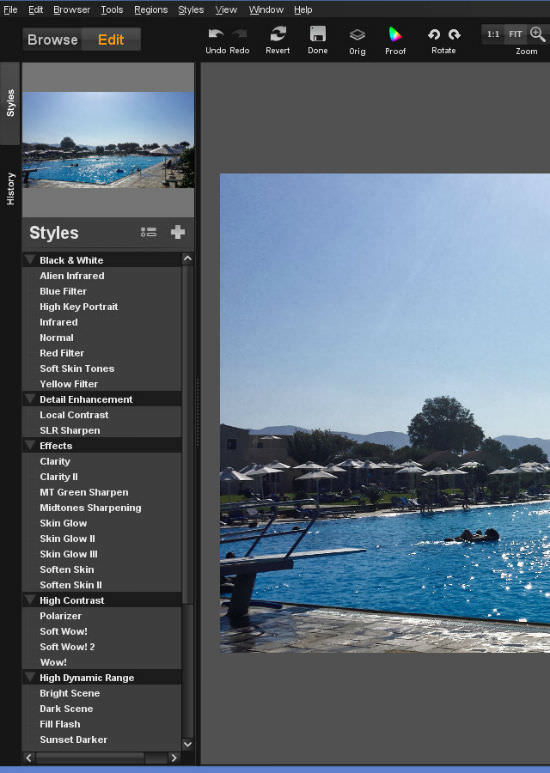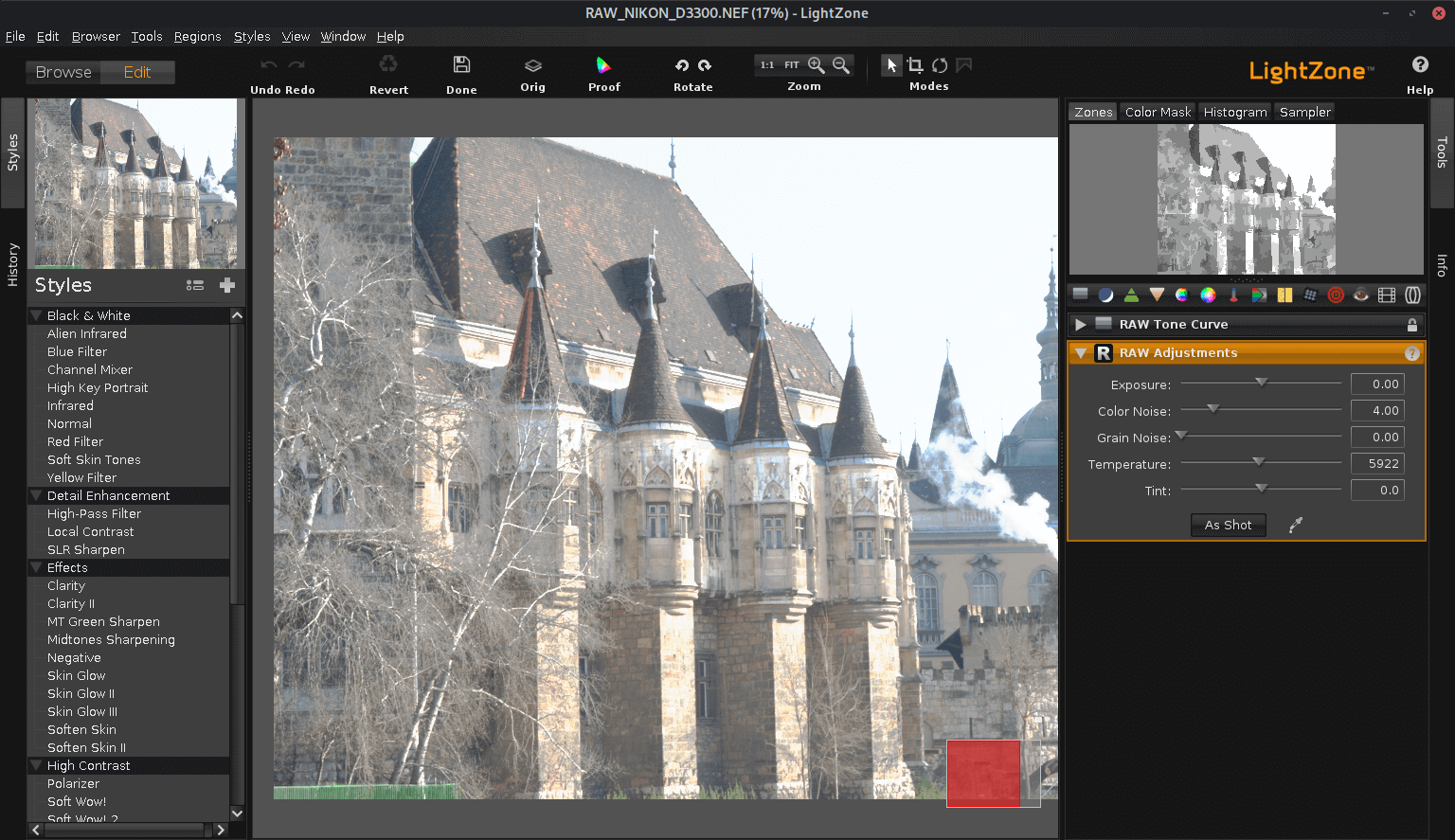

- #Lightzone copy layer how to#
- #Lightzone copy layer for mac os x#
- #Lightzone copy layer software#
- #Lightzone copy layer Offline#
- #Lightzone copy layer free#
but see below for how to "correctly" feature-detectĬonsole. should be enough for detecting colorMatrix So for the ones from the future (or from the present on Canary with web-features flag on), this would look like: Note that hopefully we'll have CanvasFilters objects in a near future, which will make SVG filters to canvas easier to use, and accessible in Workers (they currently aren't.). (note that we could also use a second canvas to do this all synchronously)Ĭonst light = await createImageBitmap(canvas) Ĭtx.globalCompositeOperation = "source-over" Ĭtx.clearRect(0, 0, canvas.width, canvas.height) Ĭtx.globalCompositeOperation = "source-out" On December 19, 2007, LightZone was awarded a MacWorld's 23rd Annual Editors' Choice Award.Const canvas = document.querySelector("canvas") Ĭonst alpha = await createImageBitmap(canvas) Ĭtx.globalCompositeOperation = "source-in" Ĭtx.fillRect(0, 0, canvas.width, canvas.height) Additionally, since transformations always begin with the original RAW image rather than an intermediate JPEG version, JPEG compression related editing artifacts are avoided. Indeed, the same transformations can be easily reordered, and additional transformations applied subsequently to yield further image improvements. LightZone outputs JPEG files which contain metadata references to the original image file location and a record of the transformations applied during editing.īecause the JPEG output files that LightZone crates contain the entire transformation history, edits can always be undone in a new edit session, long after they were saved. By being non-destructive LightZone preserves the original "digital negative" which contains the maximum information originally captured by the camera, and allows additional images with different transformations to be produced from the original. When LightZone edits an original digital image, a new resulting post-edit image file is created (for example a new JPEG copy) and the original image file is left unaltered. It treats the digital image original (typically a RAW file) as precious and non-editable. LightZone is a non-destructive RAW editor. Once created, a style is easily applied to multiple images, allowing those standard camera compensations to be applied to every image before the photographer ever views or edits it. Using styles, photographers make and save their own preferred compensations for each RAW image based upon camera specific characteristics. LightZone can create and apply pre-determined image transformations, called "styles", to an entire batch of images in a single operation. LightZone edits both RAW and JPEG format images.
#Lightzone copy layer free#
While effectively identical in terms of features to the previous proprietary version (v3.9.x) this release was cast as v4.0.0 to distinguish it as the first under the free BSD-3-Clause license. In June 2013, new packages of LightZone were released for Linux, Mac OSX, and Microsoft Windows platforms. On 22 December 2012, the LightZombie domain was redirected to the new site, and an announcement was made by Anton Kast (one of the original authors of LightZone) that they had negotiated to release the original LightZone source as free software. Ongoing LightZone support, including updates to let LightZone process Raw files from new camera models, was being provided by the volunteer LightZombie Project.
#Lightzone copy layer for mac os x#
The final version from Light Crafts was version 3.9, except for Mac OS X which had a bug-fix version 3.9.2.


It was reported that Fabio Riccardi, founder of Light Crafts and the primary developer of LightZone, was now working as an Apple employee, as evidenced by his LinkedIn profile.
#Lightzone copy layer Offline#
In mid-September, 2011, the Light Crafts website went offline without notice. It is also called the euphotic zone.Here there is enough light penetrating the water to support photosynthesis. Sunlit Zone: This is the top layer, nearest the surface. Although the Linux version was free of charge in earlier versions, its price was adapted with the 3.5 release. The ocean can be divided from its surface to its depth into three zones based on the amount of light received.They are: 1. Versions for Windows, Mac OS X and Linux were available commercially. Its main purpose is to handle the workflow, including non-destructive editing when handling images in various RAW formats.
#Lightzone copy layer software#
It was originally developed as commercial software by the now-defunct Light Crafts. LightZone is a free, open-source digital photo editor software application. at the Wayback Machine (archived January 24, 2022)


 0 kommentar(er)
0 kommentar(er)
